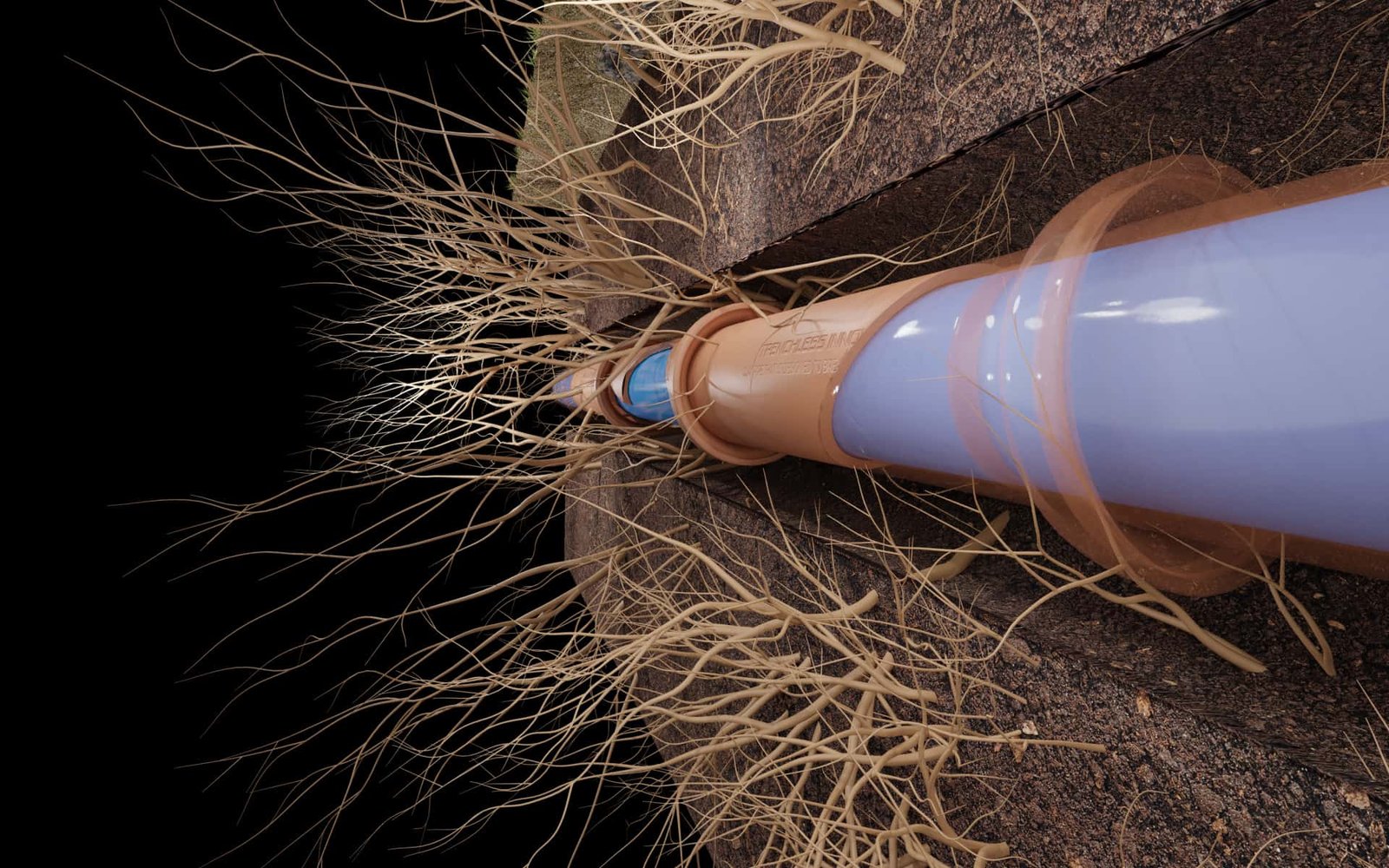Homeowners faced with the dilemma of damaged pipes often find themselves in a tight spot deciding between traditional pipe replacement and a relatively new solution, pipe relining. As pipe relining increasingly becomes a go-to choice for many, it’s crucial to understand its benefits and drawbacks. Like every other method, pipe relining has its own set of advantages and disadvantages. Therefore, comprehending the pros and cons of pipe relining becomes paramount to making an informed decision that suits the specific plumbing issue at hand.
Understanding Pipe Relining
Before we delve into the pros and cons, it’s important to understand what pipe relining is. Essentially, pipe relining is a trenchless, or no-dig, method used to repair dysfunctional pipelines. The process involves inserting a resin-coated tube into the damaged pipe. The resin hardens after some time, creating a new, tough and durable pipe within the original damaged pipe. This method is hailed for its ability to restore the normal functioning of pipes with minimal disturbance to the property.
Advantages of Pipe Relining

1.1 Less Invasive
One of the primary advantages of pipe relining is that it is less invasive compared to traditional pipe replacement. This method reduces the need for extensive excavation as it typically requires only one or two small access points, significantly minimizing disruption to your property. This aspect becomes particularly important if you have an intricate landscape, a concrete driveway, or other infrastructures above your pipeline, which you prefer not to disturb.
1.2 Cost-Effective
Although the initial cost of pipe relining may seem high compared to traditional pipe replacement, it often proves to be more economical in the long run. This is because it virtually eliminates the need for substantial restoration work that usually follows traditional methods. Furthermore, the durable nature of the relined pipe decreases the likelihood of future repair costs, offering excellent value for money.
1.3 Long Lasting
The materials used in pipe relining, specifically the epoxy resin, are highly resistant to common issues such as corrosion and tree root intrusion. Therefore, a well-done pipe relining job can last for several decades, providing a long-term solution and peace of mind that your pipelines are protected against common problems.
1.4 Versatile
Pipe relining is also lauded for its versatility. It can be used with various types and sizes of pipes—ranging from cast iron, PVC, clay, to concrete, and many more. Regardless of the material or size of your damaged pipe, pipe relining can be an adaptable solution for your plumbing issue.
Disadvantages of Pipe Relining
2.1 Not Always Possible
Despite its numerous benefits, pipe relining is not always the viable or preferred option. Severe pipe damage or collapse can prevent pipe relining from being a viable solution. In cases where the existing pipe is too deformed, it might not be able to support the liner, hence making traditional pipe replacement the only option.
2.2 Higher Initial Costs
While pipe relining is cost-effective over time, it does come with a higher upfront cost than traditional pipe replacement. This initial expense can be a deterrent for those operating on a tight budget, even though it could save money in the long run.
2.3 Quality of Existing Pipe Structure
The success and effectiveness of pipe relining largely depend on the condition of the existing pipe. If the original pipe is significantly misaligned or disfigured, relining may not be feasible, and a more extensive repair or replacement might be necessary.
Professional Insight and Inspection
When faced with significant plumbing issues, homeowners should not rush into decisions without first seeking the advice of professional plumbers. An experienced plumber can conduct an in-depth inspection of your plumbing system, diagnose the problem accurately, and provide recommendations tailored to your specific situation. Furthermore, with their understanding of both traditional pipe replacement and pipe relining techniques, they can guide you on the best course of action to take based on the severity of your plumbing issue and your property’s unique characteristics.
The Importance of Regular Maintenance
As a final note, it’s important to remember that regular maintenance of your plumbing system can prevent severe damages that necessitate pipe replacement or relining. Preventive measures such as regular inspections, proper waste disposal, and timely repairs of minor issues can extend the lifespan of your pipes, keeping them in optimal condition for longer. Investing in periodic professional checks can save you from costly and time-consuming repairs or replacements in the long run, ensuring a smoothly functioning plumbing system and peace of mind.
Conclusion: Making Your Decision
The decision between opting for pipe relining or traditional pipe replacement should not be taken lightly. It should take into consideration factors like the extent of the pipe damage, the potential for disruption to your property, projected long-term costs, and the condition of existing pipes. It’s vital to consult with professional plumbing services for an inspection and recommendation as part of this decision-making process.
While pipe relining comes with a raft of benefits, it’s not the perfect solution for every situation. However, understanding its pros and cons can help homeowners make more informed decisions about their plumbing issues, thereby ensuring the continued reliability and effectiveness of their household plumbing system.
















